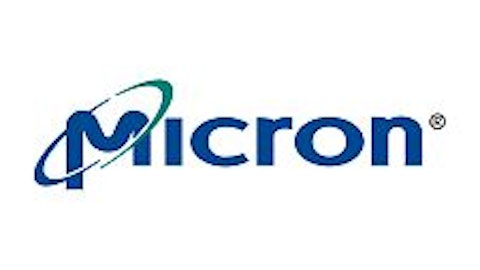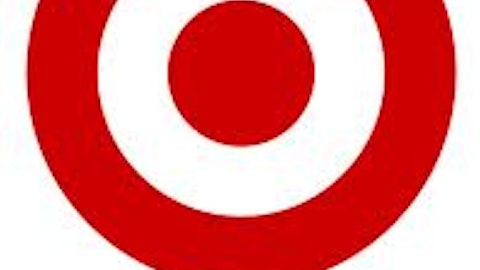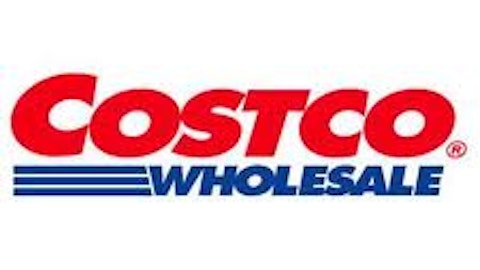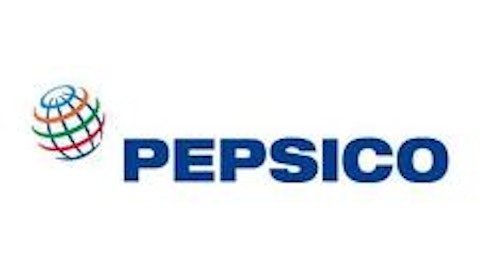Most brick and mortar retailers are having a hard time delivering. Comparable same store sales are falling, and revenues for most retailers is more or less flat, if not declining. Further, many are trimming guidance for the future too.
While nothing seems to be going right for most retailers, there are a few companies that are showing great performance and positive outlook for the future. Let’s analyze three companies that offer good potential for your portfolio.
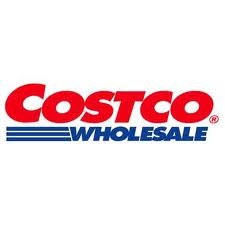
One membership warehouse looks good
When retail giants like Wal-Mart Stores, Inc. (NYSE:WMT) and Target Corporation (NYSE:TGT) are delivering more or less flat comp sales, Costco Wholesale Corporation (NASDAQ:COST) took the limelight by reporting a 5% increase in comparable store sales. Overall, Costco’s third quarter earnings were excellent, as profit surged 19% compared to the same period last year, to $1.04 a share, and revenue for the quarter increased 7.9% to $24.08 billion.
Unlike its peers (with the exception of Wal-Mart Stores, Inc. (NYSE:WMT)’s Sam’s Club stores,) Costco Wholesale Corporation (NASDAQ:COST) charges an upfront membership fee and sells goods at a discount. The upfront collection of fees guarantees solid cash flow in the beginning and confirms the future inflow as consumers who pay membership fees get tied to the company. A 12% increase in the collection of membership fees — despite a 15% hike — compared to last year, with retention of almost 90%, makes it evident that Costco Wholesale Corporation (NASDAQ:COST) has a loyal bunch of shoppers.
Costco is growing steadily, and has a long-term plan of having 1,200 clubs. Right now, it’s focusing heavily on international sales growth. In 3Q13, the company’s international comparable store sales surged 4% QoQ. Moreover, about 50% of Costco Wholesale Corporation (NASDAQ:COST)’s revenue comes from its international business, which is a far larger percentage than Wal-Mart Stores, Inc. (NYSE:WMT)’s overseas operations, depicting its strength in the international markets. The company also has tremendous potential to grow globally as it is currently in its early stage of expansion. The Asian and Australian markets are also booming from where Costco can derive most of its growth.
Costco Wholesale Corporation (NASDAQ:COST) is one of the few large cap retailers that is showing strong growth quarter over quarter. With a P/E ratio of 24 times, Costco looks expensive as it is trading well above the sector average, but it is also the company offering great earnings, too. I strongly believe the company is heading in the right direction with its strategies and is perfectly placed to please its customers and investors.
Maybe the smallest, but the best fetch
With other Dollar General Corp. (NYSE:DG) stores complaining about bad weather, increase in payroll taxes, delayed tax refunds to cover current performance, and cutting guidance, Dollar Tree, Inc. (NASDAQ:DLTR) has performed well and has raised its guidance. Dollar Tree, Inc. (NASDAQ:DLTR) has been successful because of its single price, $1 per merchandise offering. Further, its solid execution of strategies, and smart plans focusing on expansion, has helped it prosper.
Dollar General Corp. (NYSE:DG) and Family Dollar Stores, Inc. (NYSE:FDO)’s margins are shrinking continuously as sales of low-margin consumables has increased in comparison to high-margin non-consumables. Further, the sale of tobacco has affected margins. Dollar Tree, Inc. (NASDAQ:DLTR), on the other hand, has been successful in holding its margins as it has successfully grown its discretionary sales, rather than consumables.
